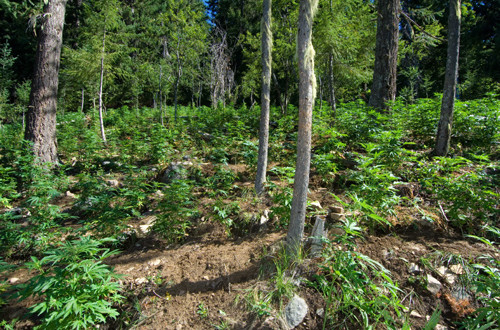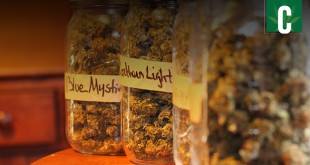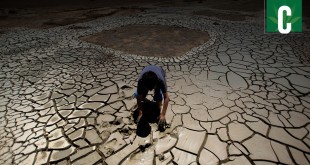California’s public parks have always played stage to a bold clash between civilization and nature: tourists with smart phones and RVs lurking yards away from geysers and grizzly bears.
But there’s another meeting of man and wild in the parks, and it’s one park rangers say is bad for both: marijuana.
Drug cartels and illicit local farmers alike have turned to America’s parks for their free land, free water, and cheap security as a place to grow weed. In the process, they’re draining streams, ruining land, and endangering the ecosystem.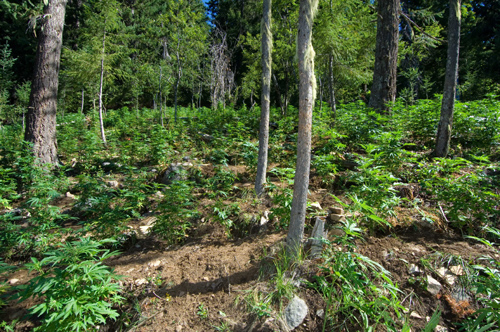
“It’s a very unique environment we are here to protect,” said Evan Jones, chief ranger for Santa Monica Mountains National Recreation Area. “It was never meant for the cultivation of marijuana.”
The number of cannabis plants on public land in western states has spiked dramatically over the last five years, according to the National Park Service, with tens of millions discovered every year. California is the top offender.
Rangers have found grow sites in parks across the state in recent years, from smaller state parks to huge national parks. The gardens are typically planted in remote areas where they are difficult to find.
“There could be anywhere from two, three, four sites throughout the mountains,” Jones said, referring to the Santa Monica park.
Parkland is popular for illegal growers primarily because it’s free. Water is relatively plentiful, another key resource. The only thing left for a farmer to provide is the plants and their nutrients.
Equally important is the remoteness of public parks, especially large national parks. Many cultivation sites are too remote for detection, let alone removal. Heavily forested or mountainous areas in parks are often more remote, and more secure, than any available land elsewhere.
The need for security poses a particular problem, however. Typically these gardens are heavily fortified,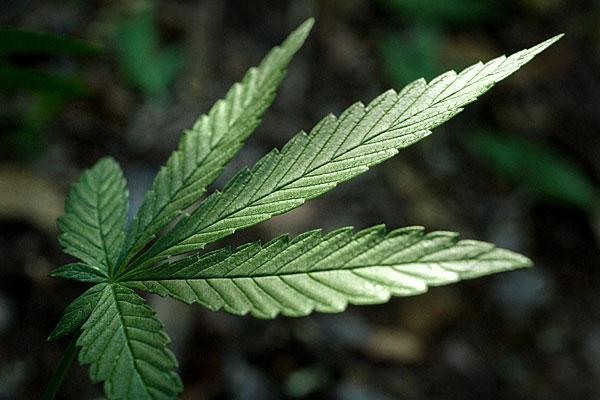 and tourists or park rangers who stumble across them may risk their lives.
and tourists or park rangers who stumble across them may risk their lives.
“Our law enforcement officers throughout the State of California and nationwide take this threat very seriously,” said U.S. Forest Service Patrol Capt. Anthony Rose. “These are armed growers. The potential for violence is there.”
The problem, park officials said, grew after September 11, 2001, when Latin drug cartels realized it was cheaper to grow weed in California, where the demand is, than to smuggle it in.
Authorities said they’re working to stop the problem. Last year, they discovered and destroyed about 1 million plants in national forests in California. But despite the crackdowns, despite the state’s epic drought and its impact on water sources in national parks – the growers keep coming.
 California Marijuana Market Breaking "Marijuana News" from CA
California Marijuana Market Breaking "Marijuana News" from CA

